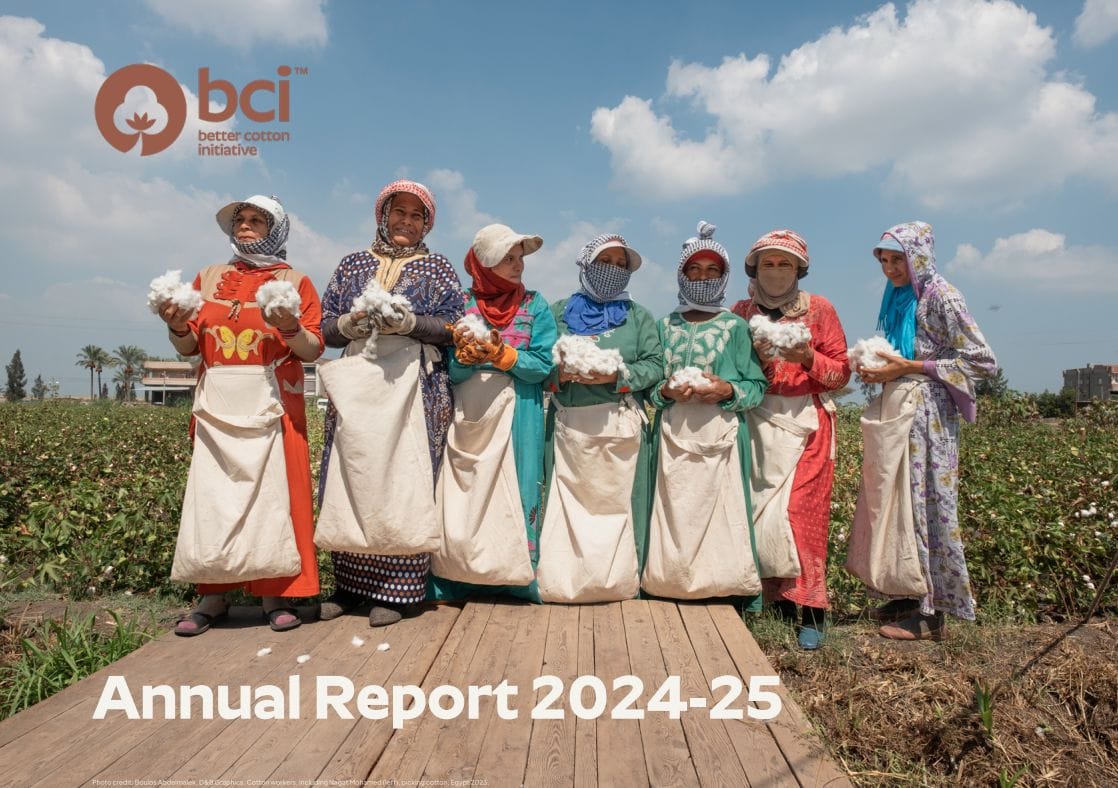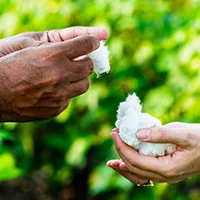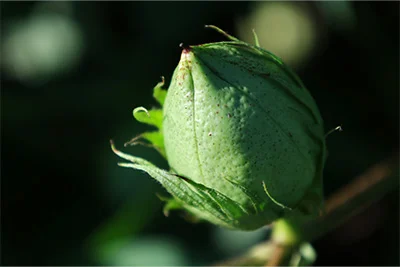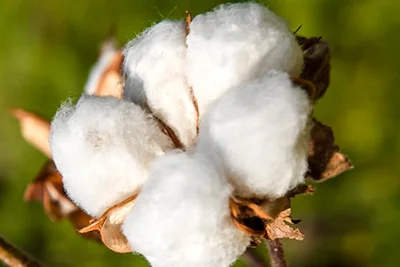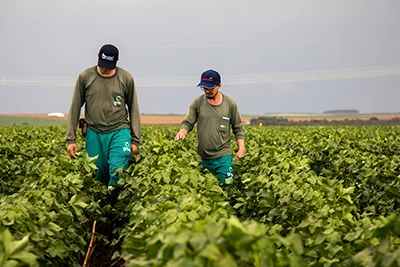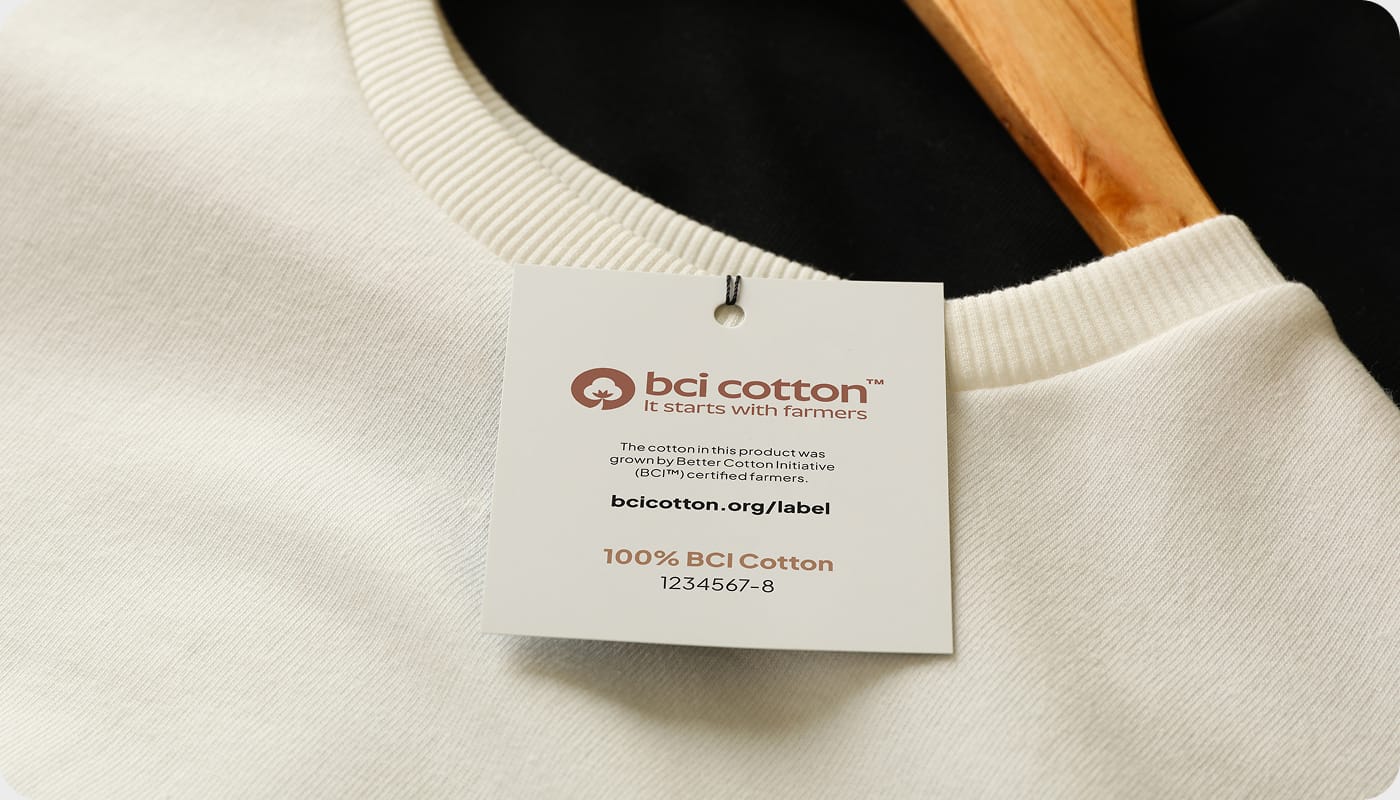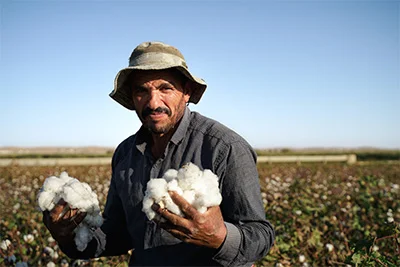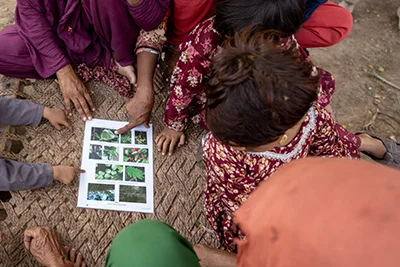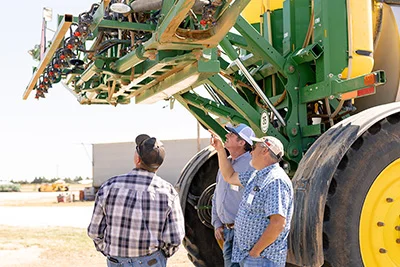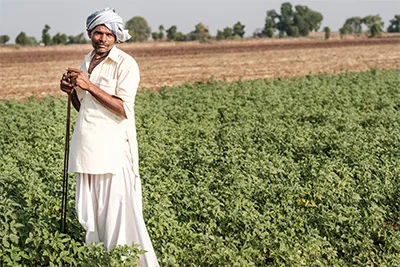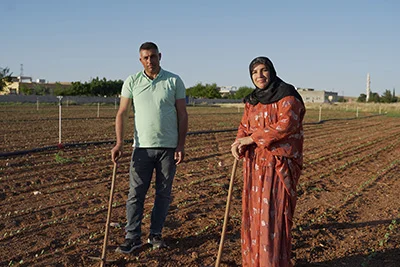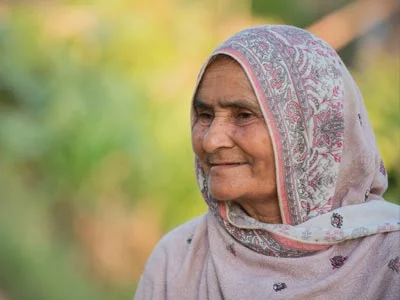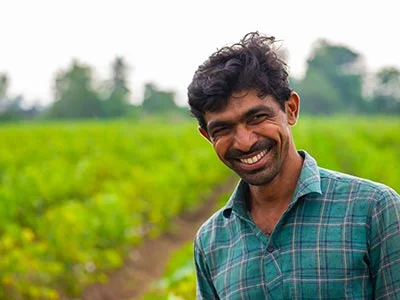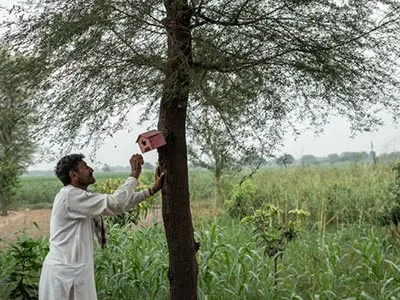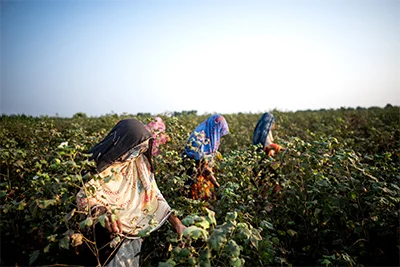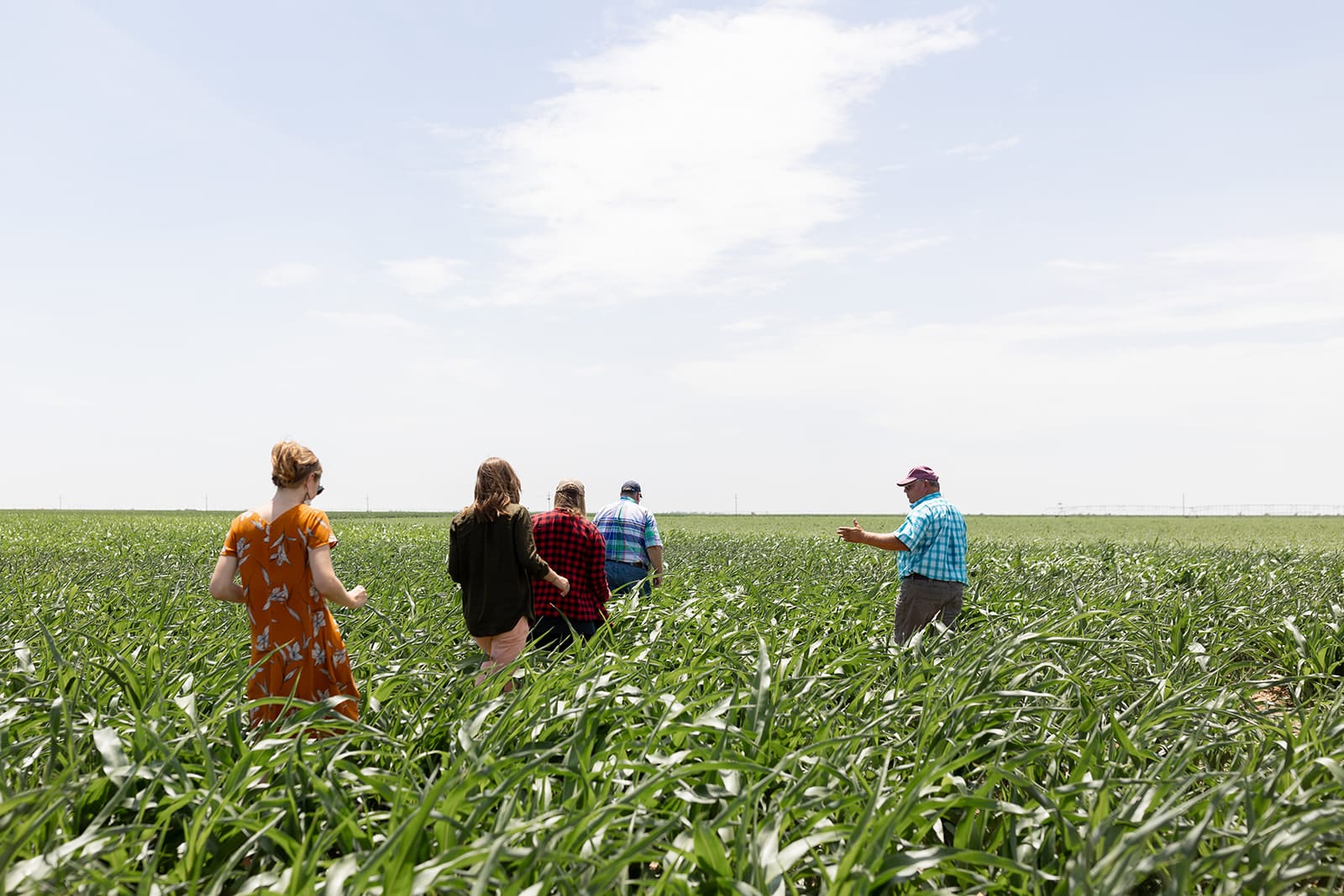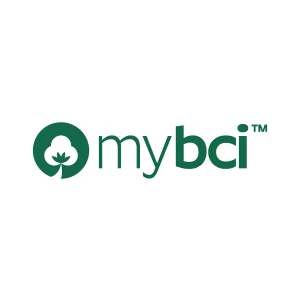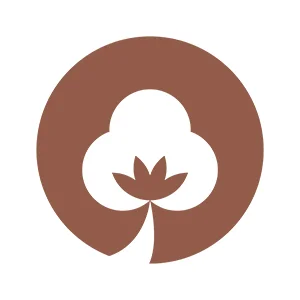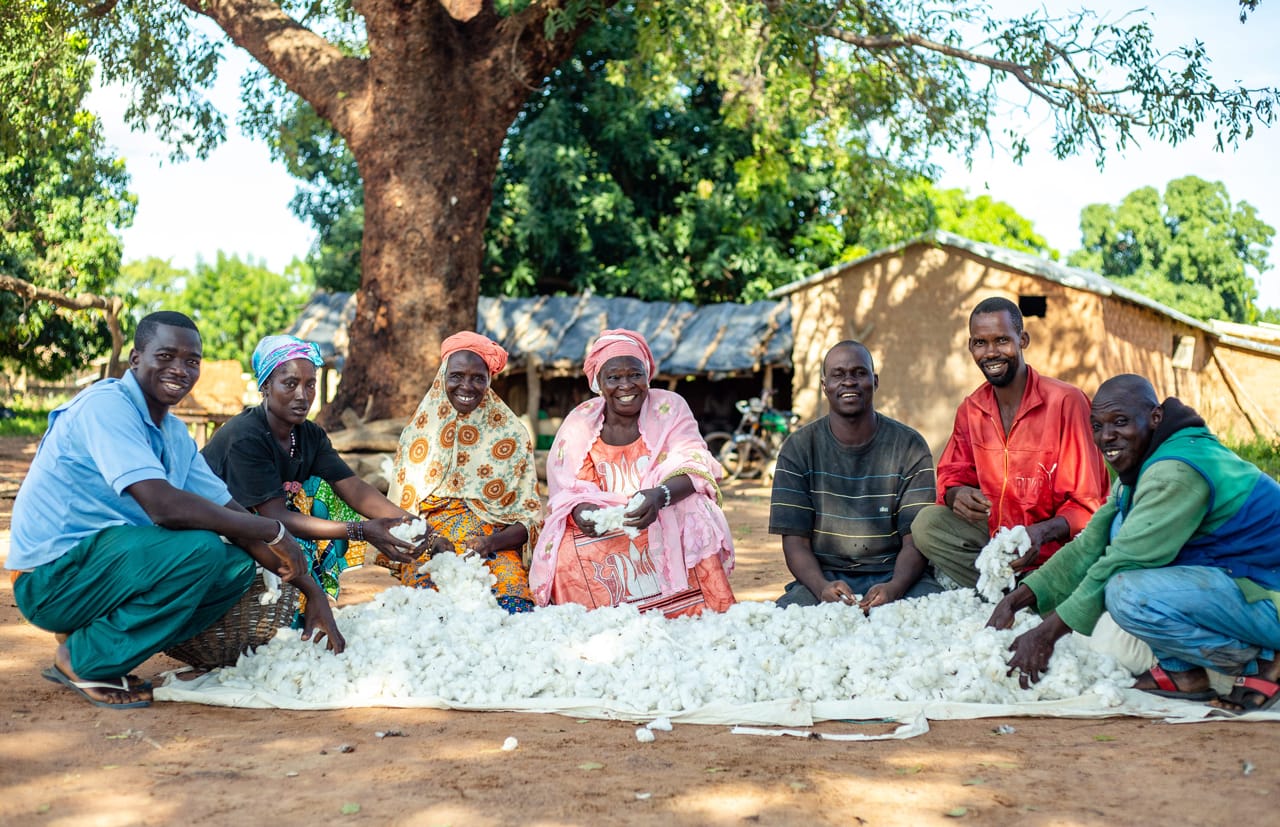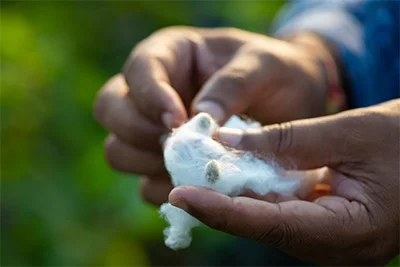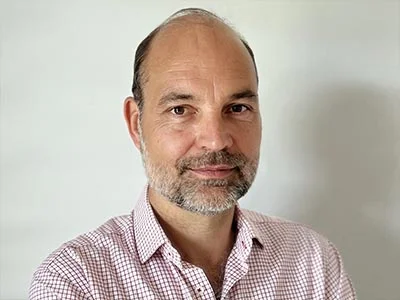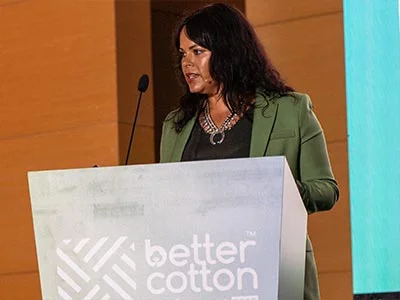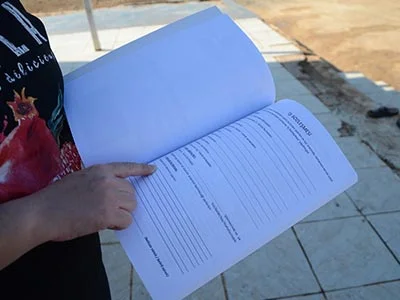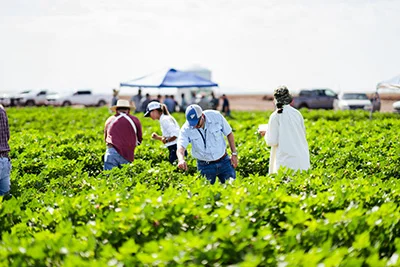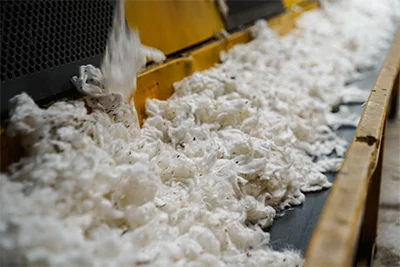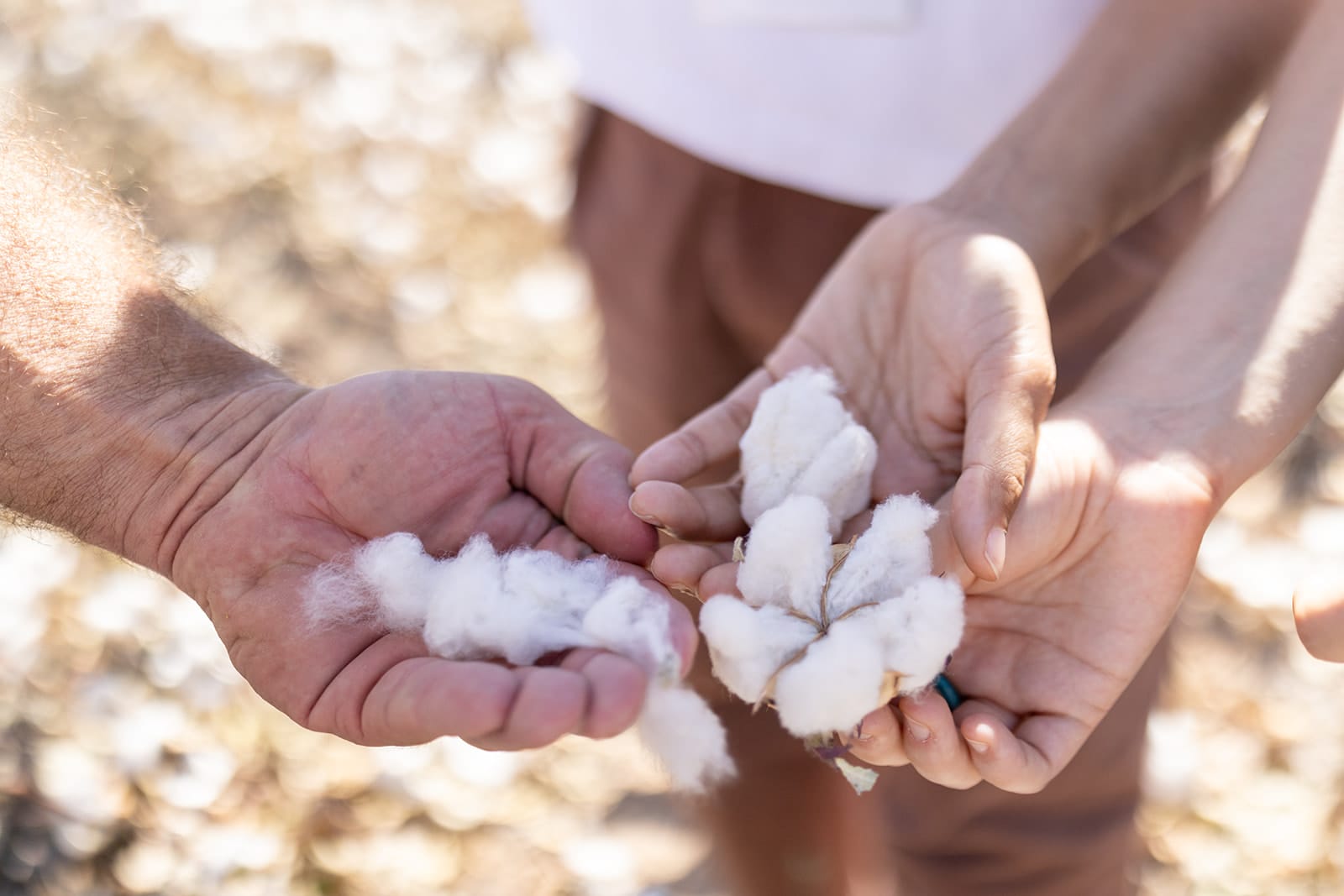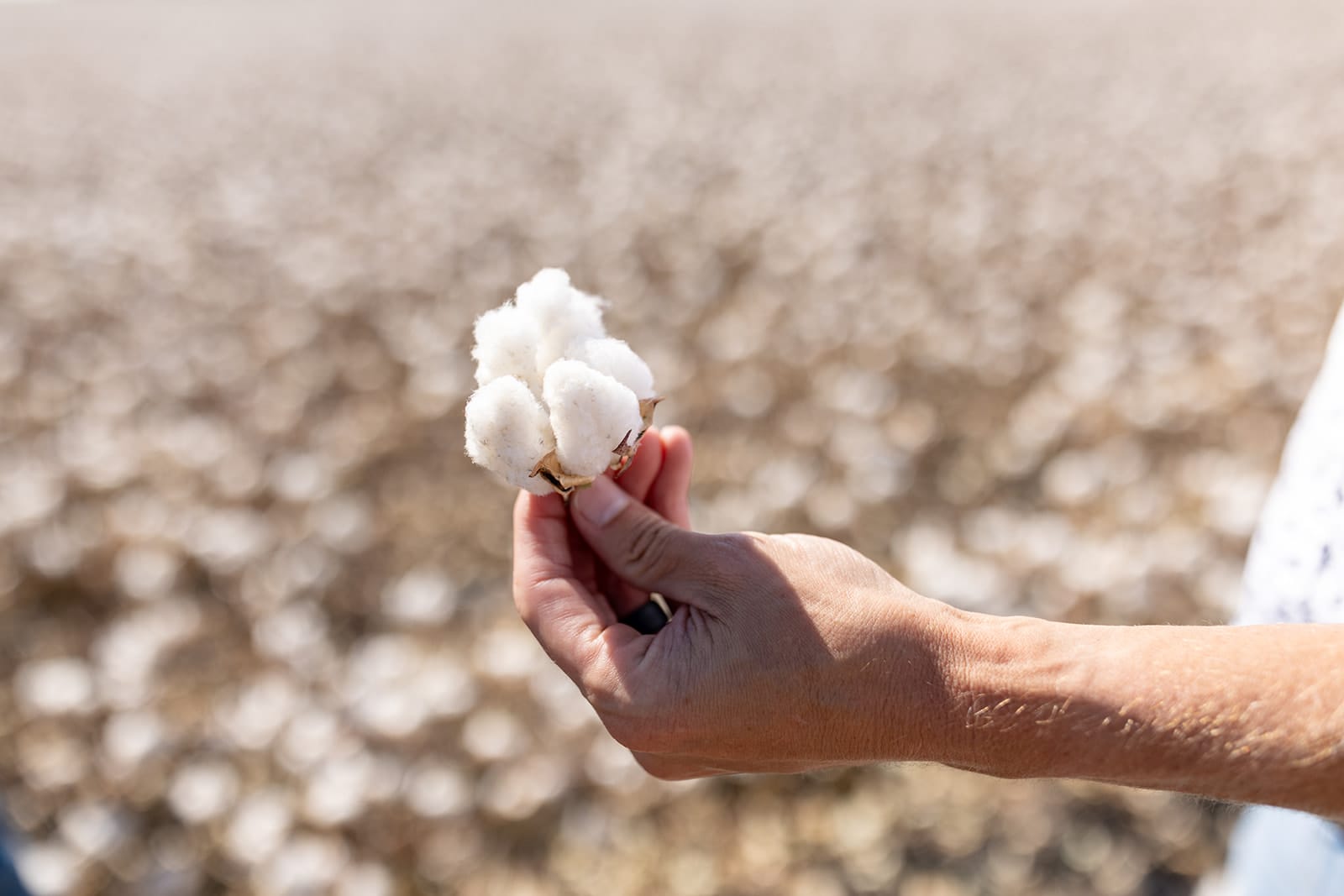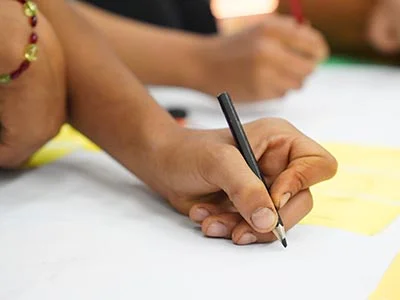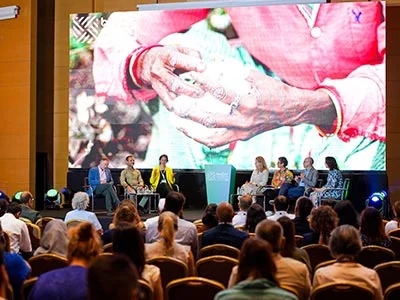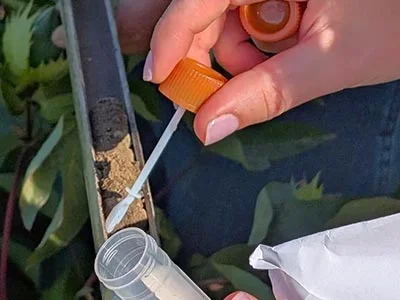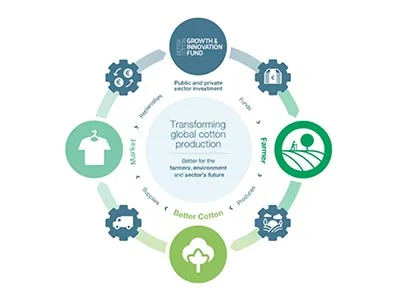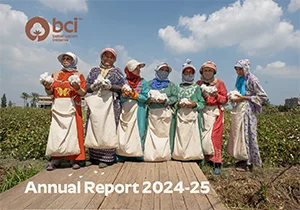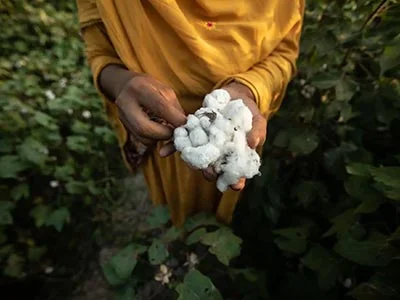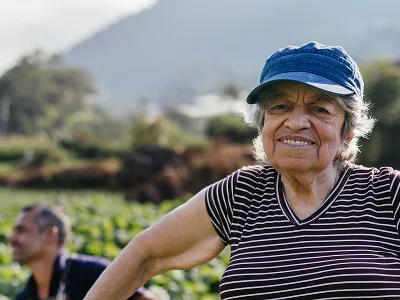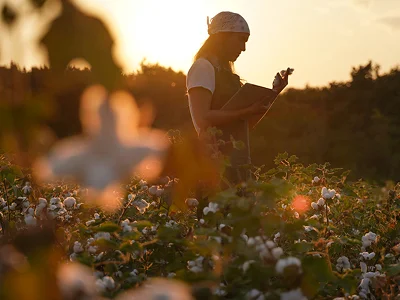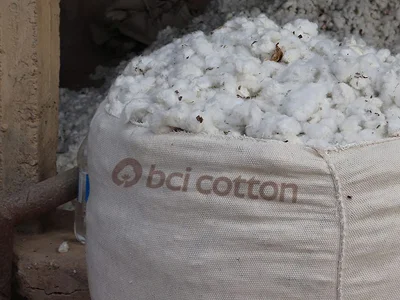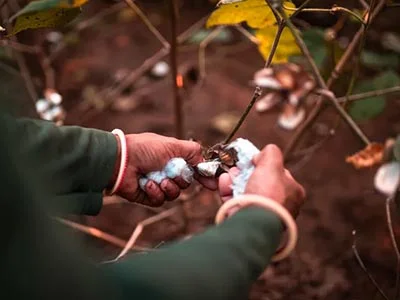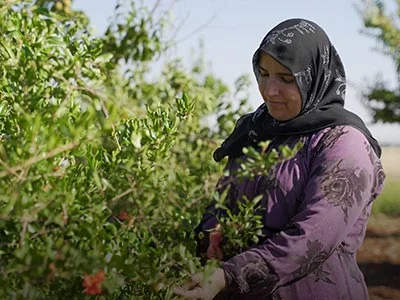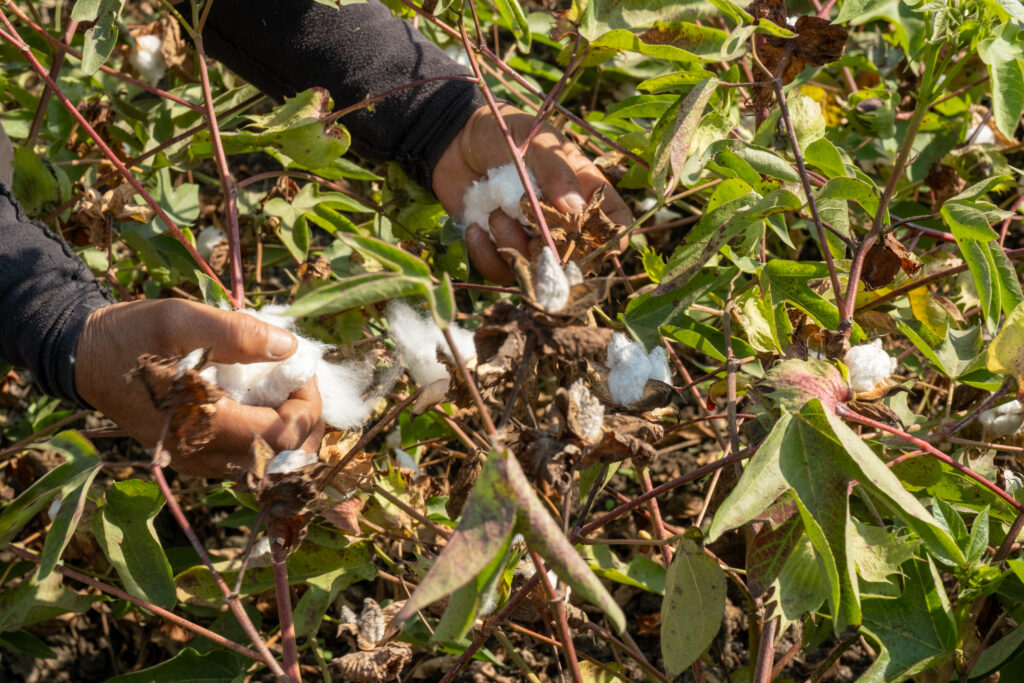
By Lisa Barratt, Senior Manager, Africa Programmes, Better Cotton


As much as 90% of African cotton is exported. It’s evidence of supreme demand from the global fashion industry, but also a stark reminder of the continent’s fledgling industrial landscape. This UN Africa Industrialization Day, the signs are there that things are about to change with bold plans to scale clothing production.
Despite their low environmental footprint, Africa’s smallholder cotton farmers are dedicated to advancing sustainable development. Fortunately, at a time when climate-related risks loom, these communities are poised to reap the rewards of an ambitious new partnership – one that could catapult Africa’s industrial evolution into the future.
Across Africa, cotton is grown by smallholders working just a couple of hectares. Rain-fed and hand-picked, their crops shape their livelihoods, which perhaps explains why cotton farmers, with support from initiatives like Better Cotton, are embracing more sustainable practices in increasing numbers.
At Better Cotton, we support farmers to boost their resilience in the face of climate threats. Across Africa, we partner with local organisations in countries such as Cote d’Ivoire, Mali, Mozambique, Egypt and Benin on a broad spectrum of improvements, from soil health and water management to the development of sustainable solutions such as biopesticides, which can tackle infestations without relying on costly – and sometimes highly hazardous – chemicals.
But the real prize for the region’s cotton growers lies in boosting its own textile industry. At present, 90% of Africa’s cotton is exported. This is a missed opportunity for a continent that desperately needs to build economic and employment prospects for its youth.
If Africa could develop more of an indigenous manufacturing sector, turning home-grown cotton into finished thread and clothing, it could transform prospects not only for its smallholder farmers, but its urban poor as well.
Government bodies in West and Central Africa are already collaborating to boost the cotton sector through an innovative partnership. The ‘C4+’ Group – comprising Benin, Burkina Faso, Chad, Cote d’Ivoire, and Mali – and are working as a consortium to strengthen the region’s cotton sector and attract more investment in clothing manufacturing.
This has now recently received a significant boost thanks to a groundbreaking partnership between the World Trade Organization (WTO) and FIFA, the international football federation. Backed by a band of organisations, including Better Cotton, UNIDO, the ILO and the ITC, this ‘Partenariat pour le coton’ (Partnership for Cotton) is actively exploring how cotton from the C4+ countries can play a greater part in the production of football merchandise in new manufacturing facilities based in West Africa.
There’s huge potential here: as WTO’s Director-General, Ngozi Okonjo-Iweala, points out, the value of exports of cotton thread and t-shirts from the region amounts to just $100,000 per year, compared to the $800 million worth in exports of unfinished cotton lint. If a substantial portion of that could be finished in the region, it would be transformative.
The potential of this partnership has been further supported by efforts from UNIDO, the WTO, ITC and Afreximbank, along with financial institutions, Africa Finance Corporation and the International Islamic Trade Finance Corporation, who have outlined their goal of raising up to $12 billion in investment to support the growth of a sustainable cotton-to-textile/apparel value chain.
This could finance improvements in energy access and job opportunities, particularly for women. A UNIDO study suggests that finishing just 25% of the region’s raw cotton could create up to 500,000 jobs.
It is a huge opportunity – both for the African economy, and for the future of a more sustainable cotton sector: one with smallholders at its heart.

